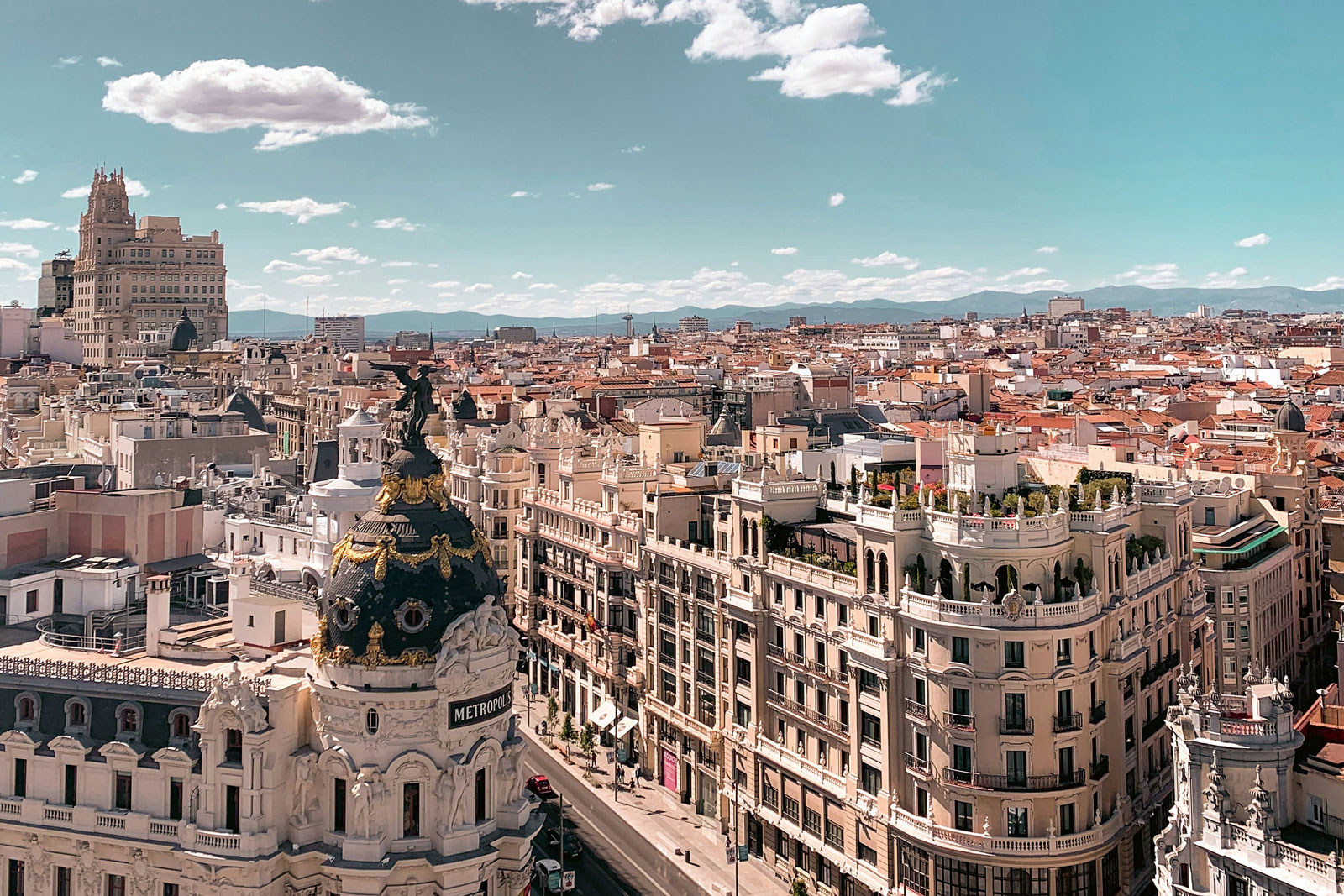
Attracting the world’s wealthiest and brainiest residents is nothing new. In medieval Florence, the ruling Medici family lured the finest masons, bankers, and goldsmiths from across the Mediterranean. By 1472, the Italian city hosted 54 workshops chiseling out marble and stone, where a young sculptor named Michelangelo found work. Such policies made Florence’s rulers the richest family in Europe.
Decades later, the Ottoman Empire in Istanbul used citizenship to attract the most creative minds. The Ottoman sultan even sent ships to retrieve Jews expelled during the Spanish Inquisition. Spanish Jews knew how to card wool for weaving and, perhaps more importantly, how to finance a growing empire.
“They say [Spanish] King Ferdinand is a wise monarch,” laughed Ottoman Sultan Bayezid II. “How can he be, he who impoverishes his own country to enrich mine?” Within two generations, the Ottomans became the principal power in Europe and Arabia.
Today, specific destinations—including Madrid, Malta, and Dubai—offer an easier path to overseas residency. In a desire to attract global citizens, these locations offer discerning buyers the chance to purchase an opulent home, which comes with
a long-term right of abode. Some golden visa programs include pathways to citizenship. These can potentially offer passports that promise visa-free travel across Europe, Asia, and the Americas.
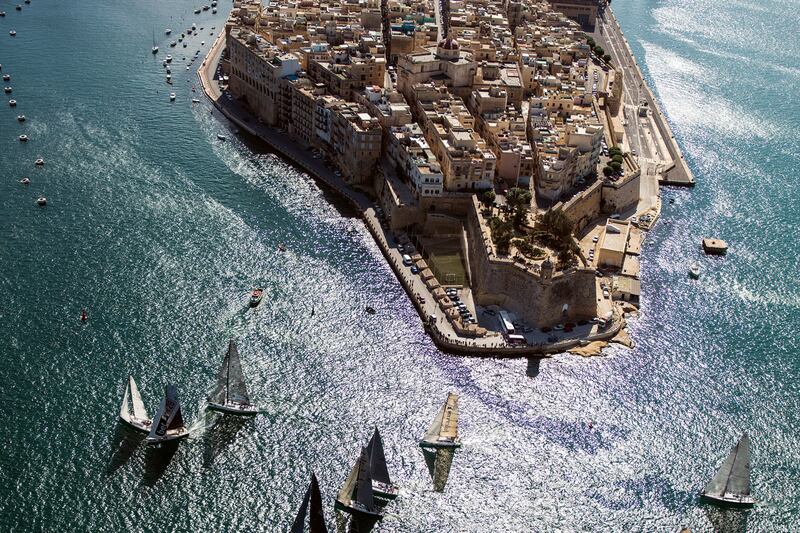
Whatever the reason for securing overseas residency through property, it carries the same attraction as in medieval Florence and Istanbul—safety, prosperity, and the chance of a better lifestyle abroad.
In Madrid, attractions include its climate and its renowned gastronomic offering. Christie’s International Real Estate clients in Madrid enjoy dining at restaurants in the city’s most iconic districts, including in the historic center, where one can step back in time at Restaurante Botín. If the dishes on the menu seem steeped in history (try the stewed partridge with jamón ibérico), it’s because the restaurant opened in 1725. According to the Guinness World Records, Botín is the oldest restaurant in the world.
“Our clients love to ask us about the lifestyle in Madrid and the customs of the madrileños (Madrid natives),” says Olga García Hernández, managing director of Christie’s International Real Estate Madrid, the firm’s new office in the city.
Restaurants serving authentic Madrid cuisine—such as cocido, a chickpea-based stew with chorizo, veal, and bone marrow—are located in genuine neighborhoods with long-established, thriving residential communities.
“But for property investors,” observes García Hernández, “Michelin stars are extremely important.” She recommends newly-starred restaurants to clients, such as Smoked Room, near Salamanca where García Hernández’s new office is located. Smoked Room’s tasting menu, with its concept of “Everything is smoke,” uses fire to enhance umami flavors in dishes such as ember-grilled sea cucumber with minty shiso pesto.
García Hernández asserts that classical buildings and proximity to the Parque del Buen Retiro define the prime property areas of the city, such as Salamanca. Here, prices per square meter “have reached €25,000 ($26,075), reflecting sustained demand and limited supply,” she explains.
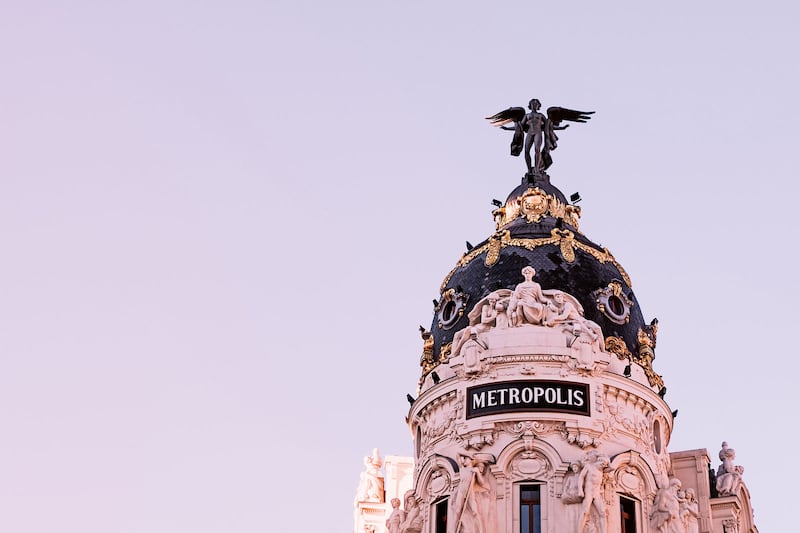
In recent years, soccer has brought the Spanish capital into the global spotlight. Real Madrid—European champions—has been home to iconic players such as Cristiano Ronaldo and David Beckham. Today, current stars like Vinicius Junior and Jude Bellingham showcase their adopted city through their social media platforms.
“The Real Madrid Museum is the second most visited in our city,” says García Hernández. The most popular museum in Madrid, however, is the Museo Nacional del Prado, which houses one of the most exceptional art collections in the world, featuring masterpieces by Spanish artists such as the sensual and monumental Goya and the introspective and brooding Velázquez.
However, in mercantile Madrid, entertainment is strongly supported by economics. The transformation of Real’s Santiago Bernabéu Stadium has been one of the most spectacular and ambitious projects in recent years. According to The New York Times, the refurbishment cost €1.76 billion ($1.81 billion). Beyond soccer, the stadium is expected to host concerts and international events in the coming years. Madrid, undoubtedly, is a city always aiming for new goals.
So, can buyers become residents, staying on to enjoy the show?
Amid the impending closure of Spain’s golden visa program, the wealth visa—formally known as the Non-Lucrative Visa—has emerged as an alternative, when combined with a property purchase, for those seeking long-term residency. The scheme, designed for non-EU nationals, prioritizes financial stability over investment, offering a streamlined pathway to life in Spain. The residency program offers a path to permanent status, while granting unrestricted access to all 29 Schengen nations—a compelling proposition for international mobility.
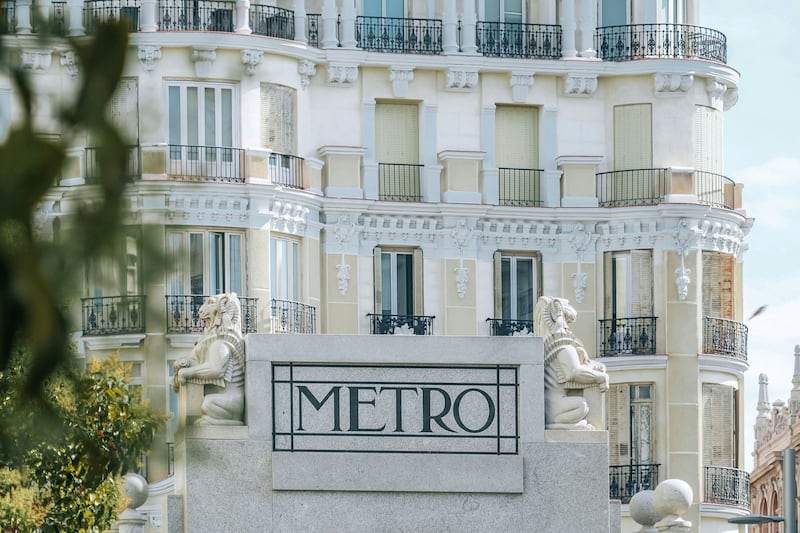
The city offers a diverse range of options to suit every type of buyer, from those with refined tastes who prefer the more aristocratic neighborhoods, to the bohemian individuals drawn to the historic districts of the city center. Meanwhile, financially-minded buyers are opting for new developments, such as the highly anticipated Nuevo Norte area near the Real Madrid stadium. It is reported that the revitalization of this northern district will contribute €15 billion ($15.435 billion) to the GDP, while creating 350,000 jobs in the city. The area will be 100 percent accessible and emission-free, with the tallest skyscraper in Europe overseeing the redeveloped zone. Christie’s International Real Estate Madrid offers a selection of high-end properties in this area.
Another key advantage of purchasing property in Madrid is its excellent connectivity for onward travel. The world’s second-largest high-speed rail network spans the country. Trains depart Madrid at 193 miles per hour (311 km/h), connecting swiftly with the vibrant city of Barcelona, among other destinations.
Class act
But it’s a different European country that has often doubled for Spain in the movies. The same nation, Malta, starred as Greece in Troy, France in Napoleon, and the African coast in Captain Phillips. An island nation near Italy, Malta is uniquely telegenic. Other Maltese shoot locations include Mtaħleb Cliffs, where Daenerys Targaryen found her dragons in Game of Thrones, and Fort Manoel, where lead character Ned Stark lost his head.
In 2024, Malta hit the headlines as the filming location for Gladiator II. The swords-and-sandals epic recreated Rome’s Colosseum beside the sempiternal capital of Valletta.
Malta’s cinematic peak didn’t happen by accident. “Our government has strategically promoted the island as a filming destination,” says Miguel Bonello, managing director of Oyster Christie’s International Real Estate in Malta. “The sector benefits from a generous government rebate scheme, offering up to 40 percent of locally spent film budgets.” This is a significant sum on a $250 million-plus movie like Gladiator II.

Malta’s 300 annual days of sun allows for year-round filming, and reduces the need for expensive artificial lighting or post-production color correction. The nation’s cultural history within the Phoenician, Roman, Norman, and British empires has left the country with an architectural legacy spanning everything from Italianate palazzos to modern apartments. This allows it to stand in for any Mediterranean city from Madrid to Jerusalem.
The movie industry is particularly important because it brought international attention to Malta’s sun-kissed lifestyle and its Citizenship by Investment Program. This is where property purchase offers a direct path to residency without the need for visa renewal.
“The big difference between other countries is that, in Malta, residency is for life,” explains Bonello. “And citizenship is extended to future generations.” This makes Malta an advantageous option as a permanent residency for families.
There’s more. Malta is the only country in the European Union to provide a pathway to obtain one of the world’s strongest passports. A Maltese passport grants visa-free travel to 189 countries. Real estate is a requirement to those starting their residency plan.
“Advantageous tax conditions and global uncertainties have amplified the trend of taking residency in Malta,” says Bonello. “Malta’s flourishing film industry has also spotlighted some of the island’s most desirable locales.”
Current properties for sale include a historical Valletta townhouse crowned by a roof terrace. It has skyline views towards Fort Ricasoli, where Gladiator II was filmed.
St. Julian’s is a beachside suburb, where the James Bond movie The Spy Who Loved Me was shot. Oyster Christie’s International Real Estate has a four-bedroom penthouse here in Portomaso Marina for just over €3,000,000 ($3,087,000).
At the other end of the scale, Malta has targeted creatives as well as high-net-worth individuals. The country’s Nomad Residence Permit welcomes digital globetrotters with a gross income of more than €42,000 ($43,218). Those who wish to work remotely, while blogging, influencing, and sipping wine in a medieval piazza, can do far worse than Malta for a place to live.

Gold standard
If one had to select a 21st-century equivalent of Florence—that glittering city-state run by the art-loving dynasty who sponsored Michelangelo, Donatello, and Botticelli—it is surely Dubai. Like 15th-century Florence, the emirate is committed to attracting the richest patrons and the brightest minds. Dubai offers a 10-year golden visa for entrepreneurs, and those with outstanding specialized talents in biotechnology, genetics, and AI.
Purchasing property is another simple path to residency. In order to obtain a two-year renewable visa, buyers need to invest more than AED 750,000 ($204,000) in property. The 10-year golden visa is available for residents who invest in either one or more properties for a combined AED 2 million ($544,000).
The plan is working. In 2023, according to the Financial Times, 431 homes priced over $10 million were sold in Dubai. They are collectively worth around $7.6 billion—a sum greater than in any other city in the world.
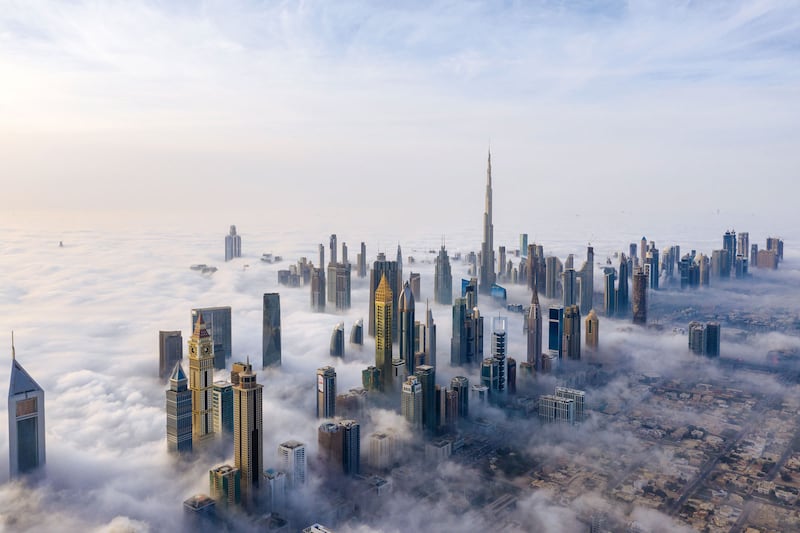
The key draw here is diversity. Dubai is committed to expanding its lifestyle portfolio, creating a holistic destination to visit, work, and settle.
A prime attraction is art. Alserkal Avenue is a warehouse-district hub of contemporary art dedicated to developing homegrown artists. For example, Gallery Leila Heller promotes female artists such as Zeinab Alhashemi, an Emirati conceptual sculptor who installs camel-colored camouflage boulders in the Arabian desert. Find also the semi-nude Persian dreamscapes of New York City-based Iranian artist Soraya Sharghi. Dubai is a tale of the unexpected.
At the upper end of the scale, Dubai is home to the region’s leading art fair.
“In 2024, Art Dubai welcomed more than 120 galleries and artists from over 40 countries,” says Nikolett Vilmos, head of marketing at Christie’s International Real Estate Dubai. The spring 2025 fair has a large digital section, as collectors increasingly purchase moving images for their home screens.
Upscale fairs such as the International Boat Show, Dubai Fashion Week, and Art Dubai showcase the city, says Vilmos. “High-net-worth individuals who would be interested in purchasing art, for example, see the lifestyle and culture. So, they might be more inclined to think about purchasing property here.” Vilmos quotes a panoply of attractions, from beach to desert to golf. New Michelin-starred restaurants include the Dubai branch of Madrid’s Smoked Room, which won its first star in 2024.
Yet buying in Dubai is like nowhere else. As the emirate is a relatively new property hotspot (in 1990, Dubai’s population was 500,000, a figure that’s expected to push six million by 2040), there is a big trend towards branded properties. Purchasing an apartment styled by designers at Cavalli, Lamborghini, or Bentley “gives a buyer association with a known and trusted brand,” says Vilmos. It’s the modern-day equivalent of buying an apartment inside one of the Medici palaces.
Resort-style living
As Dubai expands, most residences are marketed off-plan. “In Q1 2024 there was more than one off-plan property launch per day. And in Q3 2024,
63 percent of all sales transactions across Dubai were off-plan,” says Vilmos. New properties aren’t sticking around. Approximately 80 percent of all units launched since 2022 were sold by July 2024, which points to a resilient real estate market.

Among the most sought-after off-plan properties is The Alba, managed by the Dorchester Collection. This curvaceous residence, styled by Zaha Hadid Architects, commands a plum location on the northern shore of The Palm. It’s divided from the beach by a vast palm-dotted maze of pools.
When The Alba is completed in 2028, owners of its residences can access wellness facilities, valets, a concierge, and a fleet of cars belonging to the residence. Food and beverages can be ordered from the adjoining Dorchester Collection hotel.
The golden visa is attracting a new demographic. Around 60 percent of Dubai residents are aged between 25 and 45. That’s far younger than Monaco, the ultimate 20th-century city-state, which has an average age of 55, the oldest in the world.
Can Christie’s International Real Estate Dubai point the next generation of clients in the right direction for residency?
“That’s what we offer,” says Vilmos, “and it’s a big draw for people to invest.” In 2024, the United Arab Emirates is set to welcome 6,700 millionaires as new residents. “That’s the highest in the world.”
By 2030, Al Maktoum International Airport Dubai will become the world’s largest after a $35-billion project. Dubai already has the world’s tallest skyscraper, one of the largest malls, and the longest zipline. The internet is fast and taxes are low. Little wonder new residents are buying in.
Is the offer of a better life abroad indefinite? One residency program has been running for 400 years. Back in the 17th century, the world’s first art residency program opened in Rome, which allowed budding artists to ride the Renaissance boom. Today, the residency lives on inside the Villa Medici (Florence’s monied magnates built this palazzo, too) and welcomes artists of all ages and nationalities to live and study.
Writer’s bio: Tristan Rutherford is a travel journalist who writes for The Wall Street Journal and The Times


